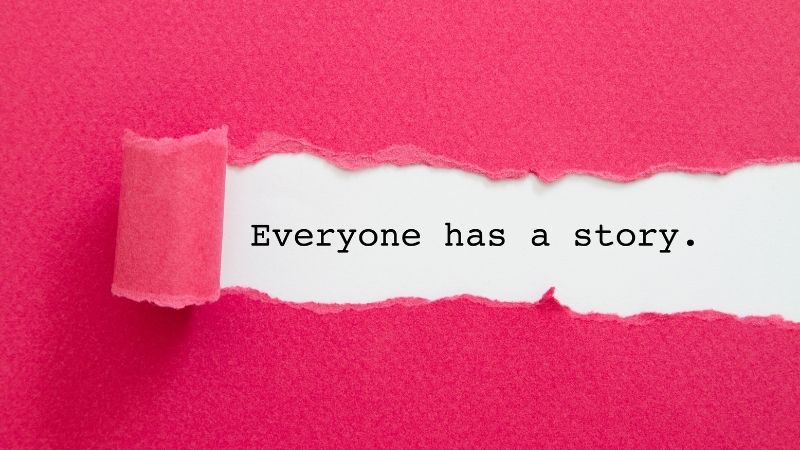I will let you in on a little secret of mine that’s a total game-changer when it comes to speech preparation: mind mapping. Imagine you’re sitting down, staring at a blank sheet of paper, your mind a whirlwind of ideas—exciting but chaotic. That’s where mind mapping steps in, not just to organize your thoughts, but to revolutionize them.

What is mind mapping?
Mindmapping is a simple technique for brainstorming ideas around a central theme, just like drawing a map. You start with a core concept—the “big idea” or the “main message”—and write it smack in the center of a piece of paper. From there, you draw lines or branches out to other ideas that connect back to the center.
These branches can then have their own smaller branches, which represent even more specific ideas or details. It’s like turning your thoughts into a visual web that spreads out from the center.
But why does this work so well? Here’s the scoop:
1. It’s Visual: Our brains love pictures. A mind map is a picture, and that helps us visualize how things fit together. This makes it easier to remember what we’re planning to say and keeps us on track when we’re delivering.
2. It Mimics Brain Function: Our brains don’t think in neat, linear lists. They think in a messy, interconnected web of thoughts. Mindmapping aligns with this natural chaos, making it more intuitive and less forced.
3. It Encourages Creativity: When you’re not stuck following a straight line, you’re free to jump between ideas, explore different connections, and even stumble upon new insights. It’s like letting your mind play in a sandbox, finding new and creative ways to link everything together.
4. It’s Dynamic: Unlike a static list, a mind map can grow and adapt. You can always add new branches or rearrange things as new ideas pop up. It’s a living document of your thought process.
5. It’s Efficient: By organizing your thoughts visually, you can see the whole picture at a glance. No more flipping through pages of notes to find that one key point. Everything is there in front of you, clear and connected.
So, there you have it—mindmapping in a nutshell. It’s not just a fancy technique; it’s a powerful tool that mirrors the natural way our minds work.
How to do mind mapping?
1. Center Your Core Idea: Start with a blank canvas. Right in the middle, jot down the heart of your speech. This central idea is your sun, and every other idea will orbit around it.
2. Branch Out with Main Points: Draw lines from your central idea to your main points. These are the pillars of your talk. If your speech is a building, these points are the steel beams that hold it up.
3. Add the Flesh: For each main point, brainstorm supporting ideas. These could be anecdotes, statistics, or questions. These are your bricks, your concrete. Sketch smaller lines branching out from each main point and fill them in.
Let’s take an example: Suppose your central theme is “The Power of Persuasion.” One of your branches might be “Understanding the Audience.” Under this, you could add leaves like “Demographic Analysis,” “Psychological Triggers,” or “Cultural Sensitivities.”
4. Make Connections: As your map grows, you’ll see potential links between different sections that weren’t apparent before. Maybe a story about a market turnaround demonstrates both “Psychological Triggers” and “Cultural Sensitivities.” Connect them. This isn’t just about structure—it’s about weaving a rich tapestry of ideas that interlink.
5. Prune Your Tree: Here’s where you become a gardener. Trim the excess. Any idea that doesn’t serve your core message or feels out of place? Cut it out. Clarity is king.
6. Rearrange for Flow: Step back. Look at your map. Does the path from introduction to conclusion flow like a gentle river? If not, it’s time to rearrange. Move branches around until your speech flows naturally from one point to the next.
7. Expand into a Speech: Now, translate your visual map into words. Each branch, each leaf unfolds into sentences and paragraphs. What you’re doing is essentially fleshing out the skeleton you’ve built.
8. Use Your Map as a Guide: Keep your mind map close as you practice your speech. It’s your roadmap, your GPS. If you ever lose your place, a quick glance at your map will set you back on the right path.
So why mindmapping? Unlike linear notes, a mind map mirrors the way our brains actually work. It’s not just a tool for organization—it enhances creativity, memory, and understanding. It makes your preparation dynamic, not static.
Think of it this way: When you use a mind map, you’re not just preparing a speech. You’re crafting an experience, both for yourself and your audience. It allows you to see the forest and the trees, all at once.
I challenge you to try this for your next big speech. Start with your central idea, branch out, connect, refine, and watch as your speech takes shape before your eyes. It’s more than preparation; it’s an adventure in creativity.
Remember, every great speech, like every great journey, begins with a single step—or in our case, a single line on paper.
Till next time, keep speaking, keep inspiring, and let those ideas flow!














